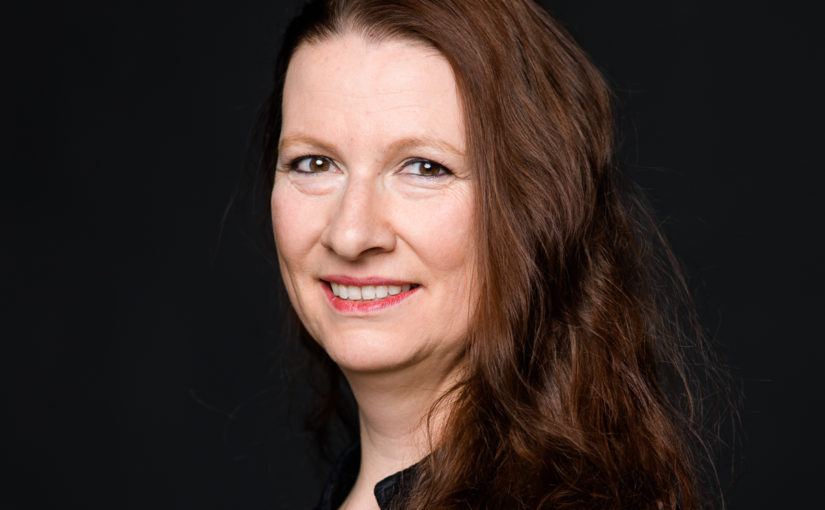Medieval monodies and polyphonies : Hildegard von Bingen (1098-1179) and Las Huelgas’s manuscript (XII century)
PURPOSE
- Invitation to move in the footsteps of a yesteryear music with a today’s perspective.
- Learning of Hildegard von Bingen’s monodies (1098-1179) and Las Huelgas’s manuscript (XII century) in all their textuals and melodics diversities.
- Learning polyphonies from Las Huelgas’s manuscript.
- Initiations to the « neumes » and other musical writings from the Middle Ages.
- Initiation to the Pythagorean temperament.
REPERTOIRE
- A legendary visionary, Hildegard von Bingen is one of the few women in the history of music who has left so many writings on a wide variety of subjects. The monodies, in Latin, of this extraordinary abbess are poetic songs inspired by her solitary visions and true hymns to life, love, fertility and to woman. They inform us about the tradition of scholarly singing and show us the richness of a liturgical vocal practice commonly associated with male voices.
- The Las Huelgas monastery in Burgos, Spain, was and still is a women’s monastery. The manuscript known as ‘de Las Huelgas’ contains monodies and polyphonies mostly in the School of Notre Dame’s style. While many of the songs are found in other sources, some are unique pieces.
GENERAL CONTENT
- Body preparation of the singer and voice
- Oral transmission: learning by listening and imitation (without scores)
- Work on listening and harmonic accuracy, search for timbres
- Work on breath dynamic, sustained sounds and melisma
- Text interpretation search (e.g. spoken/sung)
- Initiation to the medieval writings
TERMS OF PARTICIPATION
Teenagers and adults, women and men, of any level, no prior knowledge required.
This course will adapt to everyone’s abilities and is aimed at beginners as well as experienced singers. The teaching method lends itself to mixing levels in a single group while maintaining an individualized approach.
REGISTER NOW
>> ON-LINE REGISTRATION <<
>> RATES & REGISTRATION PROCESS <<
Biography
After a degree in Speech-Language Pathologist, the singer Els Janssens continued her musical training at the Jazzstudio in Antwerp (B), then in classical singing at the Conservatories of Antwerp (B) and Liège (B). She then went to specialize in baroque and renaissance music at the Toulouse Conservatory and in medieval music at the Schola Cantorum Basiliensis (CH).
Today, Els Janssens leads an international career, enthusiastically venturing into twelve centuries of so-called “classical” music. With Mora Vocis, of which she is the artistic director since 2011, Els Janssens designs concerts and shows of medieval and contemporary music, sometimes mixing circus, theater, video, dance, thus giving an important place to the body as an instrument and extension of the voice.
Numerous audio and video recordings (and their awards) testify to collaborations with renowned musicians (Ensemble Leones, Mora Vocis, Ensemble Dialogos, Solistes XXI, Oensemble recherche, Ensemble Meitar…). Els Janssens gives an important place to creation and live work with composers of our time. In this same light, improvisation regains ground, thanks to various encounters with artists from very varied countries and styles.
In parallel with her career as a multilingual singer-performer, Els Janssens teaches singing and stage presence in the form of an internship or master class. She also works with various artists and ensembles as a musical, linguistic and scenic advisor.
Ⓒ : François MARIOTTI
